Wussten Sie, dass Elektrofahrzeuge während ihrer gesamten Lebensdauer über 60% weniger Schadstoffe ausstoßen als gasbetriebene Autos? Diese Tatsache unterstreicht die Notwendigkeit einer genauen Bewertung der Umweltauswirkungen. Wenn es um Nachhaltigkeitsanalysen geht, gibt es eine große Debatte zwischen Lebenszyklus Bewertung (Ökobilanz) und Product Carbon Footprint (PCF). Jede Methode hat ihre eigenen Vor- und Nachteile, die von den Unternehmen berücksichtigt werden müssen.
Die Ökobilanz untersucht den Weg eines Produkts von Anfang bis Ende. Sie wird häufig von verschiedenen Vorschriften und Normen weltweit gefordert. Bei dieser Methode werden verschiedene Auswirkungen wie Ozonschädigung, Wasserverbrauch und Verschmutzung von Gewässern untersucht. Sie stellt sicher, dass die Umweltauswirkungen eines Produkts vollständig erfasst werden.
PCF hingegen misst die Treibhausgase während des gesamten Lebenszyklus eines Produkts und wandelt sie in CO2-Äquivalente um. Dieser spezielle Fokus bedeutet, dass die Messung schneller und mit weniger Aufwand und Wissen durchgeführt werden kann. Das macht es zur ersten Wahl für Unternehmen, die sich auf die Reduzierung von Kohlenstoffemissionen konzentrieren.
Die Entscheidung zwischen LCA und PCF hängt davon ab, welche Ressourcen Ihnen zur Verfügung stehen, welche Normen in Ihrer Branche gelten und welche Nachhaltigkeitsziele Sie verfolgen.
Beide Methoden sind entscheidend, wenn es darum geht, den Unternehmen mitzuteilen, wie umweltfreundlich ihre Produkte sind. Die Kenntnis der Unterschiede und des Nutzens von LCA und PCF hilft Unternehmen, Entscheidungen zu treffen, die ihren grünen Zielen entsprechen.
Die wichtigsten Erkenntnisse
- Ökobilanz (LCA) deckt den gesamten Lebenszyklus eines Produkts von der Wiege bis zur Bahre ab und bietet eine umfassende Bewertung der Umweltauswirkungen.
- Der Product Carbon Footprint (PCF) konzentriert sich ausschließlich auf die Treibhausgasemissionen und rechnet sie zum Vergleich in CO2-Äquivalente um.
- Ökobilanzen werden häufig durch verschiedene Vorschriften, Normen und Rahmenwerke gefördert oder vorgeschrieben, die sich mit umfassenderen Umweltfragen als Kohlenstoffemissionen befassen.
- PCF kann schneller und mit weniger Ressourcen durchgeführt werden und ist daher ideal für Unternehmen, die sich auf die Reduzierung von Kohlenstoffemissionen konzentrieren.
Verständnis der Lebenszyklusanalyse (LCA)
Was ist eine Ökobilanz?
A Lebenszyklusbewertung untersucht genau, wie sich Produkte auf die Natur auswirken. Untersucht werden Emissionen, der Ressourcenverbrauch und der Abfall, den sie produzieren. In Anlehnung an globale Normen wie ISO 14040 und ISO 14044Sie liefert zuverlässige Ergebnisse. Ökobilanzen machen den Unternehmen ihre Auswirkungen bewusst und leiten sie an, den Schaden zu verringern.
Die Methodik der Ökobilanz
Der LCA-Methodik durchläuft vier Schritte: Zielsetzung, Datenerfassung, Bewertung der Auswirkungen und Pläne zur Verbesserung. Zunächst werden das Ziel und der Umfang der Studie festgelegt. Dann werden Daten gesammelt, um zu verstehen, was im Lebenszyklus eines Produkts ein- und ausgeht. Der nächste Schritt befasst sich mit den Auswirkungen auf die Umwelt, wie z. B. die globale Erwärmung.
Schließlich enthalten die Ergebnisse Vorschläge, wie negative Auswirkungen verringert werden können. Tools erleichtern die Ökobilanzierung durch Schätzung Kohlenstoffauswirkungen mit einer einzigen Zahl zum Treibhauspotenzial.
LCA vs. PCF
LCA (Life Cycle Assessment) und PCF (Product Carbon Footprint) haben unterschiedliche Geltungsbereiche und Standards. Sie spielen eine einzigartige Rolle in der Umweltberichterstattung. Der Hauptunterschied besteht darin, was sie abdecken und welche Regeln sie befolgen.
Vergleich der Bereiche
Bei der Ökobilanz werden zahlreiche Umwelt- und Gesundheitsauswirkungen während der gesamten Lebensdauer eines Produkts untersucht. Sie berücksichtigt Faktoren wie KlimawandelWasserverbrauch, und mehr. Die Ökobilanz zielt darauf ab, mehrere Geschäfts- und Nachhaltigkeitsziele zu erreichen.
Der PCF misst die Auswirkungen auf das Klima, indem er die Treibhausgase während des Lebenszyklus eines Produkts zählt. Er konzentriert sich nur auf das globale Erwärmungspotenzial. PCF ist ein schnelleres Instrument für Unternehmen, um dringende Klimaziele zu erreichen.
Beide verwenden ähnliche Lebenszyklusstadien für die Bewertung, unterscheiden sich aber in Detail und Schwerpunkt. PCF kann als Teil der Ökobilanz mit Schwerpunkt auf Treibhausgasen betrachtet werden.
Anwendung und regulatorische Anforderungen
Ökobilanz und PCF folgen unterschiedlichen Normen wie ISO 14040/44 und ISO 14067. Die Ökobilanz wird oft durch strengere globale Normen vorgeschrieben. Sie hilft dabei, strategische Entscheidungen zu verschiedenen Umweltfragen zu treffen.
PCF wird für die Erfüllung von Kohlenstoffzielen im Rahmen einfacherer Regeln verwendet. Er wird oft in Informationsblättern oder Berichten zusammengefasst. Beide Methoden sind auf qualitativ hochwertige Daten angewiesen, um genau zu sein.
| Aspekt | Ökobilanz | PCF |
|---|---|---|
| Umfang | Weit gefasst (vielfältige Umweltauswirkungen) | Eng gefasst (Treibhausgasemissionen) |
| Schwerpunktbereiche | Klimawandel, Ozonabbau, Wasserverbrauch, Versauerung usw. | Auswirkungen auf das Klima (Treibhausgasemissionen) |
| Methodik | Umfassende Analyse über alle Phasen des Lebenszyklus | Spezifische Analyse der Treibhausgasemissionen |
| Regulatorische Standards | ISO 14040/44, ISO 14067, PAS 2050 | ISO 14067, TREIBHAUSGAS Produktlebensdauer Zyklus Standard |
| Anmeldung | Strategische Entscheidungen zu verschiedenen Umweltthemen | Kohlendioxidbezogene Ziele und Berichterstattung |
Anwendung des PCF in Nachhaltigkeitsmetriken
Die Nachhaltigkeit von Unternehmen entwickelt sich schnell. Die Berechnung des Product Carbon Footprint (PCF) ist ein bemerkenswertes Instrument in diesem Bereich. Sie misst die Treibhausgasemissionen (THG) eines Produkts über seine gesamte Lebensdauer. Dies unterscheidet sich von umfassenderen Methoden wie der Lebenszyklusanalyse (LCA), bei der verschiedene Umweltauswirkungen untersucht werden.
Die PCF-Methode gibt einen schnellen Einblick in den Kohlenstoff-Fußabdruck eines Produkts. Im Gegensatz zur Ökobilanz konzentriert sich die PCF-Methode nur auf die Kohlenstoffemissionen.
PCF-Berechnungen folgen strengen Normen wie ISO 14067, GHG Protocol und PAS 2050. Diese Normen bieten eine zuverlässige Methode zur Analyse des Kohlenstoff-Fußabdrucks eines Produkts. Sie decken alles ab, von der Festlegung von Zielen bis zur Berichterstattung über die Ergebnisse. Der gesamte Prozess umfasst alle Phasen von der Materialbeschaffung bis zum Ende der Lebensdauer des Produkts.
Externe Links zum CO2-Fußabdruck von Produkten
Internationale Standards
(Bewegen Sie den Mauszeiger über den Link, um unsere Inhaltsbeschreibung anzuzeigen)
Glossar der verwendeten Begriffe
International Organization for Standardization (ISO): Eine nichtstaatliche internationale Organisation, die Standards entwickelt und veröffentlicht, um Qualität, Sicherheit, Effizienz und Interoperabilität in verschiedenen Branchen und Sektoren zu gewährleisten und so den globalen Handel und die Zusammenarbeit zu fördern. Die Organisation wurde 1947 gegründet und umfasst nationale Standardisierungsorganisationen der Mitgliedsländer.
Life Cycle Assessment (LCA): Eine systematische Analyse der Umweltauswirkungen in allen Phasen des Produktlebenszyklus, von der Rohstoffgewinnung über die Produktion und Nutzung bis hin zur Entsorgung, mit dem Ziel, Verbesserungsmöglichkeiten zu identifizieren und fundierte Entscheidungen zu treffen.
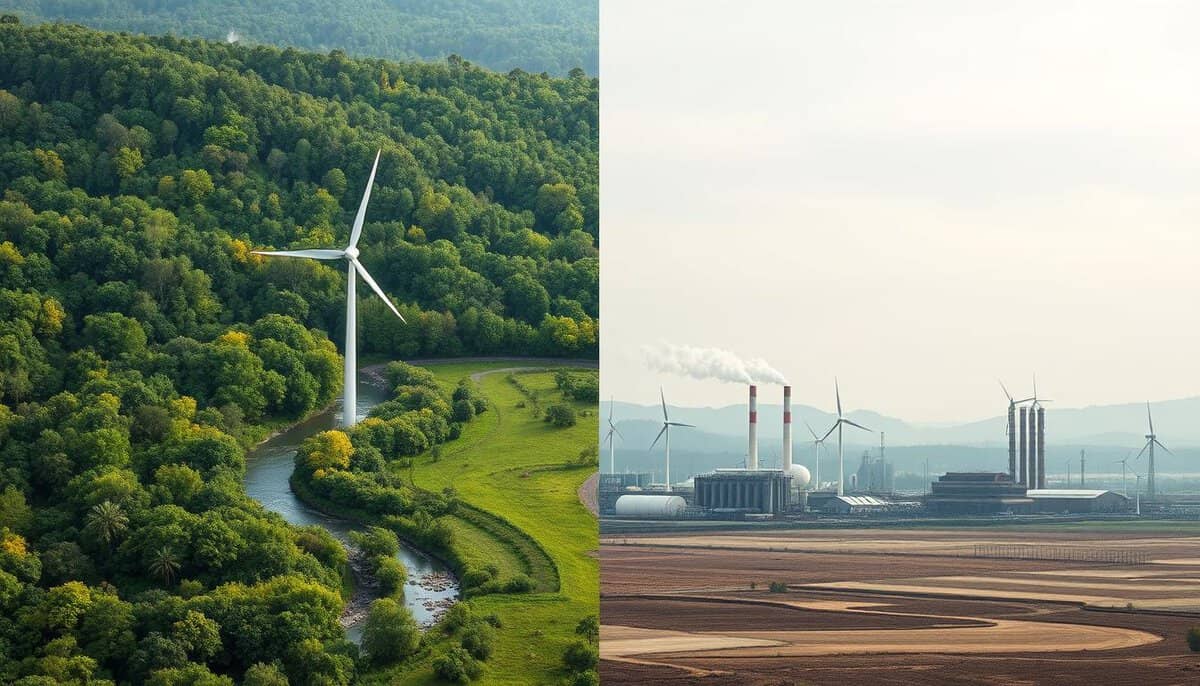



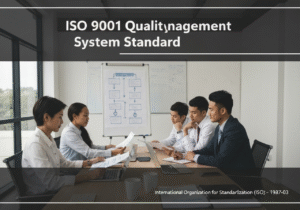
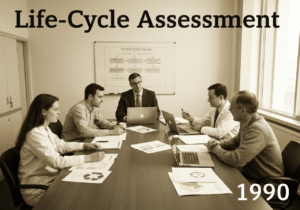
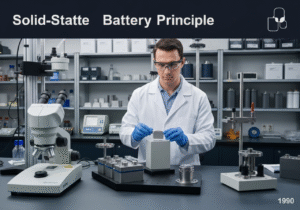

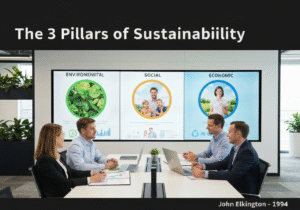
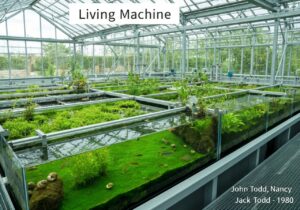

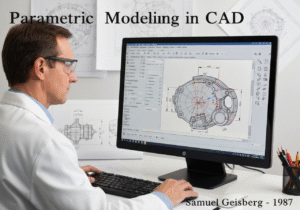

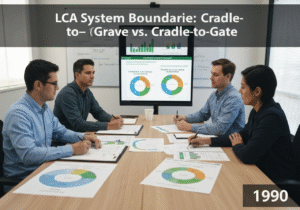
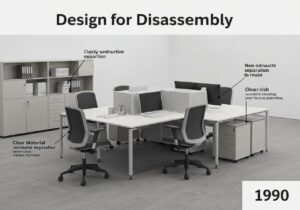


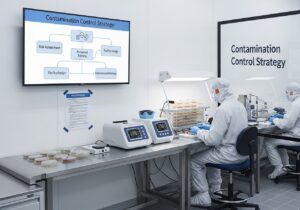

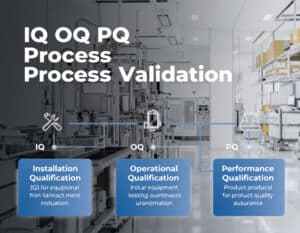





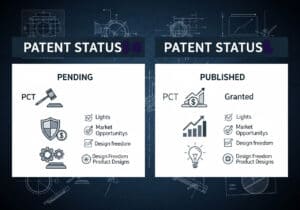

Interessante Lektüre, aber sind die mit der Durchführung von LCA und PCF verbundenen Kosten für kleine Unternehmen nicht oft unerschwinglich? Was denken Sie?
Die Kosten mögen im Vorfeld anfallen, aber nachhaltige Praktiken führen oft zu langfristigen Einsparungen. Investition, nicht Ausgabe!
Interessante Lektüre, aber denken Sie nicht, dass die ganzheitliche Sichtweise von LCA praktischer ist als die Konzentration auf den Kohlenstoff-Fußabdruck bei PCF?
Kommentarfunktion geschlossen.